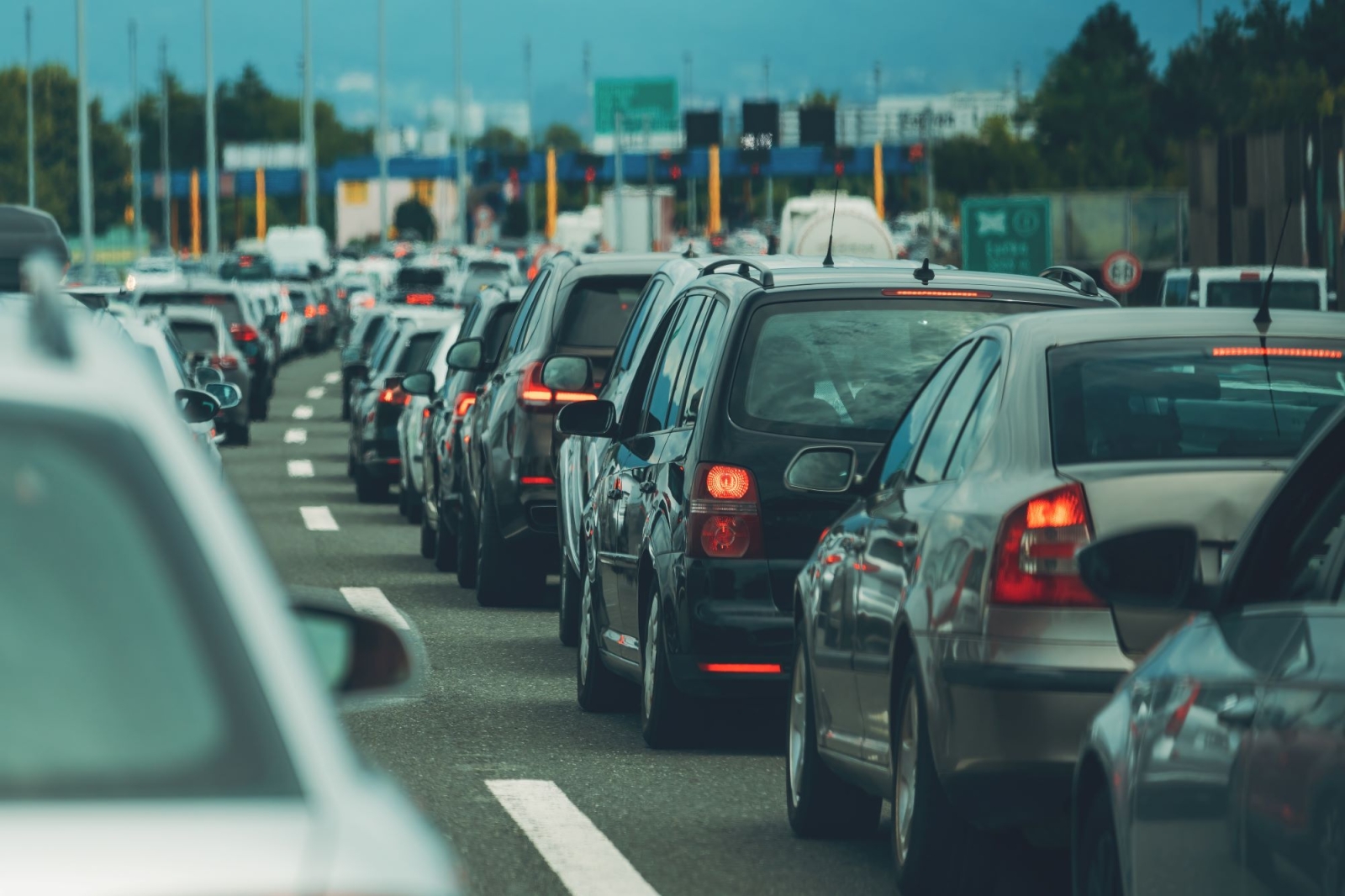The car: an extraordinary means of transportation whose danger we have forgotten. Of course, driving implies possessing a driving licence, but it has become an everyday act to such an extent that its risks, both those related to the speed at which one travels and those related to air (and noise) pollution, are largely underestimated. This is demonstrated by a study that calls this attitude motonormativity: the normalisation of the car as the primary, if not exclusive, means of transport.
The research, entitled Motonormativity: How social norms hide a major public health hazard, conducted by three researchers from Swansea University, University of the West of England, and Edinburgh Napier University, in the UK, is available for pre-publication on the PsyArXiv Preprints website. It was conducted on 2,157 adults, including 1,057 men and 1,132 women, who were selected from a sample as representative as possible of the whole UK population in terms of age, gender, working and marital status, and regional breakdown.
The term motonormativity was coined from the concept of "heteronormativity," meaning the prejudice of heterosexual people according to which their own sexual orientation, heterosexuality, is the only valid one, while orientations other than their own are exceptions not to be encouraged. Taking for granted the existence of categories or habits other than one's own, however, risks being a factor that marginalises minority groups. Like those who choose not to travel by car.
The double standard for cars
One of the results of the surveys conducted is that those who consider it normal to travel by car tend to consider car pollution as not as serious a problem as pollution from other sources. For example, smoking in a crowded place is considered incorrect, but driving a car in a highly populated area, where people will therefore breathe in exhaust fumes, is thought as more acceptable.
To consider the car a norm implies underestimating the risks to human health and the environment, two deeply interconnected areas. It is also surprising that according to the study, even people who do not drive habitually have the same mentality as drivers. This is because we live in a world where the car does not (yet) have a rival. “Motonormativity is deeply embedded and subconscious”, explains to Renewable Matter Professor Alan Tapp, one of the authors of the research and Professor at the University of the West of England. “It is not stuff that people think about, it is something they assume, because they look around every day and that’s the reality they see.”
According to the study, the habit of car ownership has made people unable to think critically and objectively about this means of transportation. This leads to justifying certain illegal driving behaviours, such as overspeeding. Also, because, as the study points out, Westerns today were born and raised in a world where motoring problems are the norm: everyone uses a car, and everyone implicitly accepts its risks, in terms of health, road safety, and pollution. The study talks about a “normalisation of deviance”, that happened gradually during the last century, for which cars are the unquestioned protagonists of the roads. To look at the issue differently, adds Tapp, it is necessary to take a fresh look, as the idea born in Germany, according to which “cars are guests on the streets”, not pedestrians.
Marketing plays a crucial role in car-normalisation. As the professor remembers us: “There is no question that markets and commercials were very good at implanting the idea that car ownership is a symbol of success”. A status symbol, especially for the generations born in the 1960s, for whom owning a car was normal. Younger generations, on the other hand, have more doubts: in a world where science confirms the responsibility of fossil fuels in the climate crisis, is buying a car really a good idea?
The role of misinformation and bias
One hypothesis to explain the double standards of the study participants is that of so-called pluralistic ignorance. Individually, people are in favour of the introduction of these norms, but because they think that others are not, they conform to what they believe to be the common opinion. Their fear is that they will know less than others and thus be in the wrong, or that they will be marginalised as the only exception, not knowing that in reality their true opinion is more shared than they think.
Pluralistic ignorance, according to Tapp, is mainly due to misinformation in the media and a culture of denial of the benefits of progressive transport policies. Misinformation in the media, according to the professor, is mainly the result of political propaganda, which also uses it to foment hostility towards the promotion of more sustainable mobility models, such as those relating to speed limits in city centres.
An Italian example is the criticism towards the City 30 model introduced in the municipality of Bologna, which imposes on motorists a maximum speed of 30 km/h on all urban roads, with some exceptions on the main thoroughfares, where the limit will remain at 50 km/h. The basic idea is to rethink urban space, to reduce to zero the deaths caused by road accidents and to put the health of the people living in the city at the centre. Similar measures have also been taken elsewhere in Europe, for example in Wales, where a 20 mph limit has been in force since September 2023, which corresponds approximately to our 30 km/h.
The normalisation of car use makes it possible that today, explains Tapp, “drivers cannot see another way of living. They see the whole world through the windscreen of the car. Their view is linked with the deep assumption that there’s no other way of getting around, no better way of travelling than the one they have.” People somehow feel that “their freedom is threatened”. If a person owns a car, they might as well use it, and make decisions related to mobility basing their choices on the idea that the car has been an economic investment already completed. They will not take into account the cost of gas or parking, because they are so used to the car and the idea of freedom it brings. The driver thinks he is in control of his environment, even when he finds himself stuck in traffic, without realising that his choice to drive has also generated the traffic jam he finds himself in.
How to fight motonormativity?
“It needs leadership at all the levels of the ecosystem – answers Tapp – to discourage the use of private cars and encourage the use of public transport. For example, you could improve trains and busses, create separate pathways for pedestrians and separate roots for cycling.” Another way to discourage car use, according to Tapp, is to prevent or limit their influx into city centres, for example by increasing parking costs.
“People will endure change, we have evidence that it works. It has been used in the Netherlands, in Germany; not much in the UK, nor in Italy, I think. There is not just one thing that can work, you have to make structural changes.” adds the professor. The city of Amsterdam is an example, where, starting from a referendum in 1992, restrictions for motor vehicles in the city centre were gradually introduced. Today, the capital of the Netherlands is an example of sustainability, where moving with public transport or cycling is not only cheaper, but also more efficient. The change happened gradually and continues today, with the Clear Air Action Plan project, which envisages the introduction of zero emission areas for 2030. The goal? A more liveable city for all.
This article is also available in Italian / Questo articolo è disponibile anche in italiano
Image: Envato



